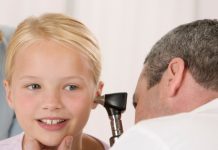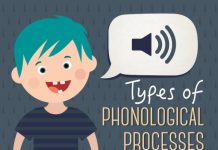Rett Syndrome is a neuro-developmental disorder that affects the grey matter of the brain and is classified as an Autism Spectrum Disorder.
In fact, this is a condition that can easily be confused with autism and even Cerebral Palsy or Angelman Syndrome.
 It is most commonly seen in girls and has many distinctive physical and mental characteristics.
It is most commonly seen in girls and has many distinctive physical and mental characteristics.
Though symptoms can vary in type and severity, the following are symptoms that can help to identify the disorder, and which should watch out for:
- Though the disorder may often be asymptomatic in early infancy, some cases do note symptoms such as loss of muscle tone, jerkiness of movement of the limbs, and difficulty in feeding. There could be problems in crawling or walking and less eye contact. In many cases, the symptoms only develop later and begin to appear gradually.
- In many cases, though early growth may be normal, there is a slowing of development later and the ability to use the hands properly becomes impaired.
- The growth of the head, the brain and the hands and feet also slows. There is the characteristic appearance of small hands and feet in this condition. Slowed growth is a feature of this disorder.
- Loss of motor functions is among the most noticeable and problematic of symptoms noted in this disorder.
- Seizures are also typically seen in a large proportion of those who have this disorder.
- The child may lose the ability to speak and may develop non verbal communications skills.
- Repetitive movements such as wringing of the hands are often seen. Sometimes there is the tendency to walk in unusual ways or to walk on the toes or a wide gaited walk. Odd expressions, loud laughing, strange actions and behavior such as clutching of hair or inexplicable and sudden screaming could also be symptoms.
- There may be sleep problems noted.
- There could be problems with eating and chewing and teeth grinding noted.
- Cognitive difficulties are common as well; the loss of thinking abilities and communication skills can begin at the age of one to one and a half years of age.
- There could also be breathing difficulties with manifestations such as breathe holding or apnea and hyperventilation and swallowing of air.
- Agitation and irritability could characterize behavior; a child could cry and scream literally for house.
- Physical symptoms such as constipation and digestive problems may be seen.
- Curvature of the spine or scoliosis could happen between 8 and 11 years of age.
- Irregular heart beat could be a life threatening symptom.














